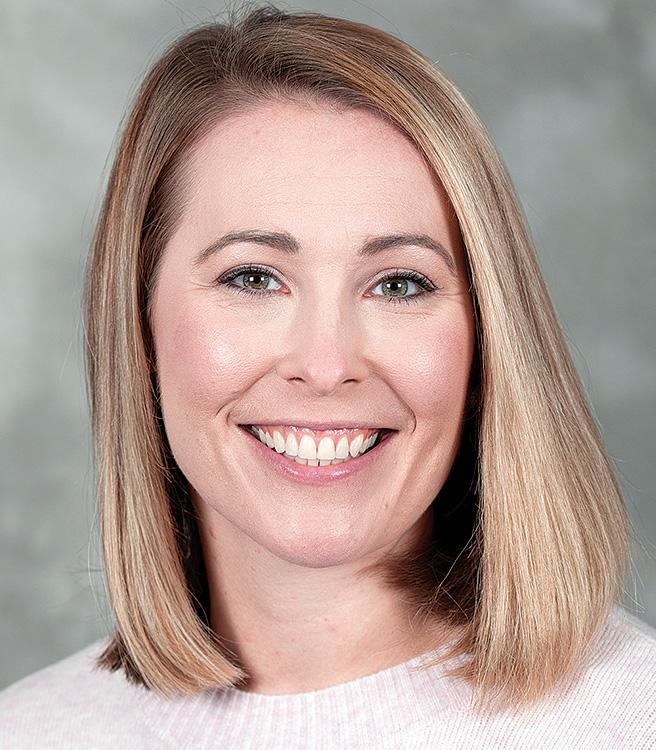The POSITIVELY AWARE Viral Hepatitis Drug Guide includes medications for the treatment of hepatitis B (HBV) and hepatitis C (HCV) that are FDA approved. The information provided comes from the package labels, conference presentations, and peer reviewed journal articles, as well as sources such as the AASLD/IDSA Recommendations for Testing, Managing, and Treating Hepatitis C (HCV Guidance), and AASLD Hepatitis B Guidance.
Treatment
HCV treatment is a cure for hepatitis C. It consists of two or more medications—all pills—taken together. Most are a fixed-dose combination (FDC) that contains medications from two different classes in one pill. In certain situations, some regimens may include weight-based ribavirin. Pegylated interferon is no longer used for HCV treatment.
HBV is treated with one medication at a time—either an antiviral or pegylated interferon. HBV treatment slows or prevents the progression of liver disease. To date, there is no cure for HBV, but research continues to look for one.
Drug names
Drug names can be confusing. We include the brand name, generic name, and an abbreviation. For example, Mavyret is a combination of glecaprevir and pibrentasvir; its abbreviation is GLE/PIB.
Drug class (HCV only)
The “direct-acting antiviral” or DAA era of HCV treatment has seen the development of several different drug classes. Currently, there are five:
- Nucleoside analogs
- NS3/4A protease inhibitors
- Nucleotide NS5B polymerase inhibitors
- Non-nucleoside NS5B polymerase inhibitors
- NS5A inhibitors
Genotype (HCV only)
Genotype (GT) refers to the strains or variations of HCV. This guide only refers to GT 1–6. In the U.S., GT 1–4 are prevalent, with GT 1 the most common. Each genotype has subtypes indicated by numbers and letters—GT 1a, GT 1b, and so on. We list the genotypes that the HCV medication works against.
Average Wholesale Price (AWP)
The AWP is the measure used by insurers—both private and public—to determine the average cost of prescription drugs. HCV drugs can be expensive, and there is much concern over the burden these high costs place on programs such as Medicaid and Medicare, as well as the Veterans Administration and private insurance carriers. Each of the pharmaceutical companies has a Patient Assistance Program (PAP) to help people who are uninsured or underinsured cover all or part of the costs. There are also pharmaceutical co-pay programs and non-profit organizations that can help with some additional support for co-pays. A list of HCV drug patient assistance and co-pay programs appears on page 24.
Potential side effects and adverse events
This section offers information about side effects and adverse events associated with a drug. It’s not an exhaustive list. Everyone experiences side effects differently. Just because it’s listed doesn’t mean you will necessarily get it. Talk to your medical provider about any side effects that you may have during treatment, and get blood tests as directed.
Potential drug interactions
This section provides information about the variety of known and potential drug interactions. Again, it’s not an exhaustive list. You can find a complete list in the package insert, but you should also talk with your medical provider and/or pharmacist about any medications (including over-the-counter ones) you are taking.
More information
This section contains information that is useful to know.
A note on hepatitis B reactivation
In 2016, the FDA added a “Boxed Warning” about the potential risk of HBV reactivation in some patients taking any hepatitis C DAA. See HBV Reactivation for more information. (insert link)

Special thanks to Brooke N. Stevens, PharmD, BCPS, AAHIVP, for reviewing the 2022 Positively Aware Hepatitis Drug Guide. Dr. Stevens is the Specialty Pharmacy Clinical Manager at Indiana University Health in Indianapolis. She is also an HIV clinical pharmacist at the LifeCare Clinic at Methodist Hospital and The Ryan White Center for Pediatric Infectious Disease and Global Health at Riley Hospital for Children, both at IU Health. She currently trains pharmacy students and residents, is on the clinical faculty of the Midwest AIDS Training and Education Center (MATEC), and serves on the “hub team” for the HCV Project ECHO.


